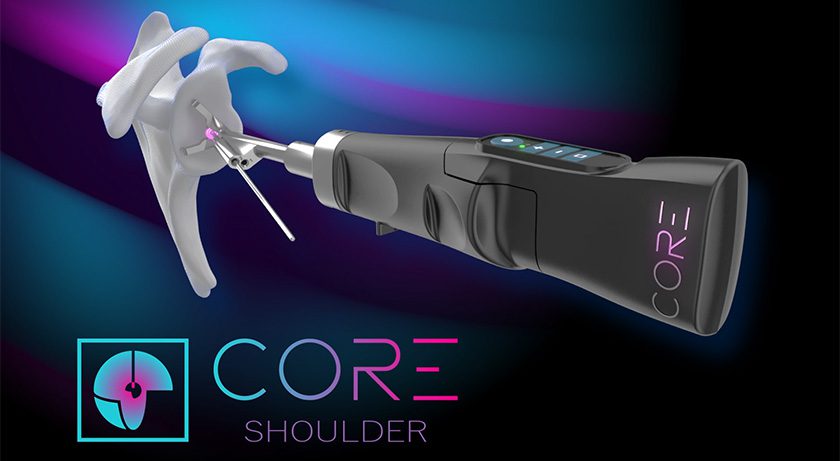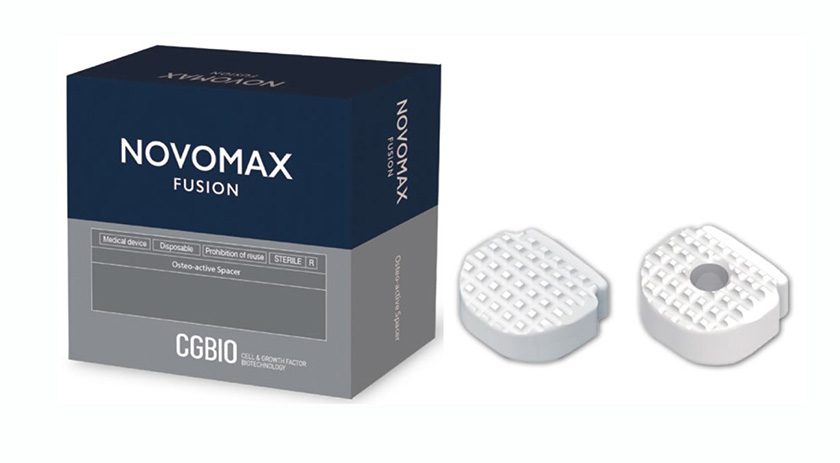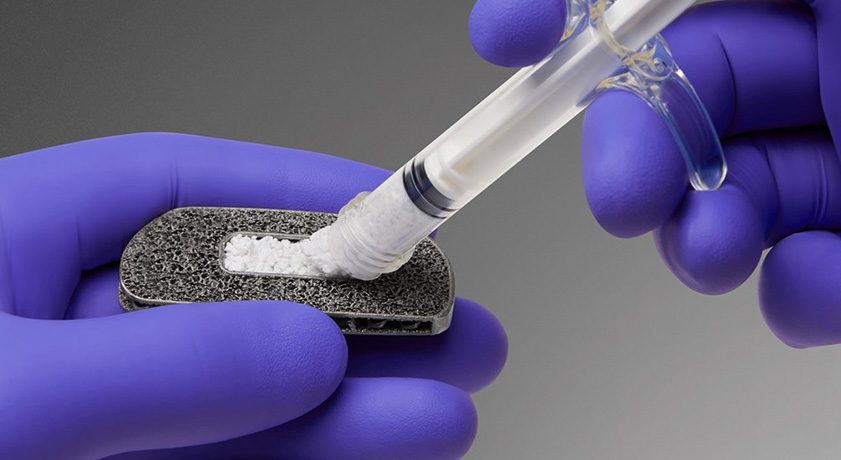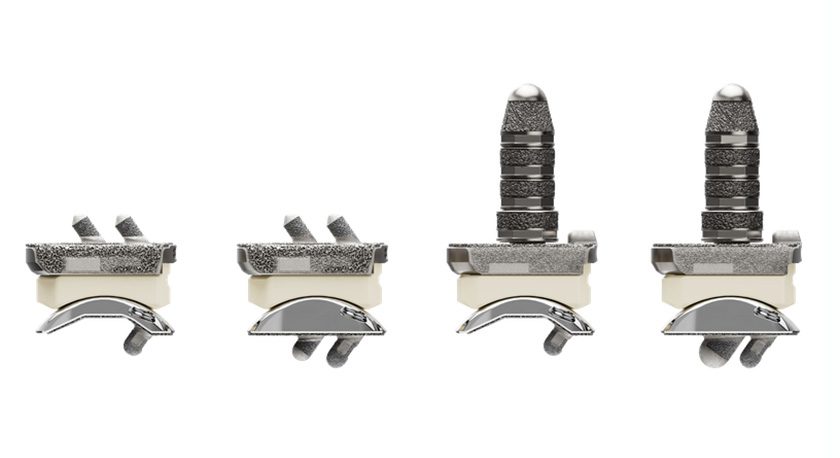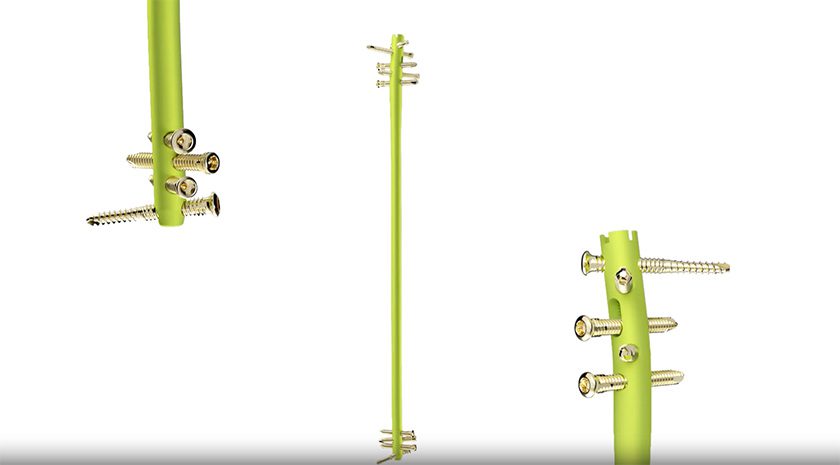

 Copy to clipboard
Copy to clipboard 
Proprio received FDA 510(k) clearance for the Paradigm surgical navigation platform. Paradigm is designed to offer an alternative to traditional surgical navigation technologies that pull attention away from the patient and disrupt workflows in the process.
Proprio’s Paradigm platform is reported to be the first to use light field technology in spine surgery navigation to create a real-time 3D view of anatomy and the surgical scene. The system uses an advanced sensor suite to capture high-definition multimodal intraoperative images and fuses that information with preoperative scans. Proprio refers to this data fusion capability as Volumetric Intelligence.
Potential benefits include:
- Reduction in Radiation: Removing the need for high-radiation intraoperative scans throughout the procedure can lead to a 10x reduction in radiation exposure.
- Accelerated Workflow: Removing the need for intraoperative scans can reduce workflow up to 30 minutes per procedure.
- Fast Registration: Previously, where intraoperative scans were required, the registration process can take between 15 to 30 minutes. Paradigm registration can be completed in seconds.
- Continuous Data Capture: Paradigm can collect a high volume of data with approximately 250GB of data captured per hour. Such valuable data drives Proprio’s product development process and informs advanced models for future applications.
“We are very enthusiastic about the potential for Paradigm to enable clinicians to revolutionize spine surgery,” said Gabriel Jones, CEO and Co-Founder of Proprio. “We’re reimagining how surgery is done, rather than reconfiguring legacy tools. This uniquely positions our system to effectively capture the valuable data needed to feed advanced computer vision and deep learning models to recognize, track and analyze complex anatomical structures. The potential of this technology in the hands of skilled clinicians has us all very optimistic about the future of surgical practice.”
Source: Proprio
Proprio received FDA 510(k) clearance for the Paradigm surgical navigation platform. Paradigm is designed to offer an alternative to traditional surgical navigation technologies that pull attention away from the patient and disrupt workflows in the process.
Proprio’s Paradigm platform is reported to be the first to use light field technology...
Proprio received FDA 510(k) clearance for the Paradigm surgical navigation platform. Paradigm is designed to offer an alternative to traditional surgical navigation technologies that pull attention away from the patient and disrupt workflows in the process.
Proprio’s Paradigm platform is reported to be the first to use light field technology in spine surgery navigation to create a real-time 3D view of anatomy and the surgical scene. The system uses an advanced sensor suite to capture high-definition multimodal intraoperative images and fuses that information with preoperative scans. Proprio refers to this data fusion capability as Volumetric Intelligence.
Potential benefits include:
- Reduction in Radiation: Removing the need for high-radiation intraoperative scans throughout the procedure can lead to a 10x reduction in radiation exposure.
- Accelerated Workflow: Removing the need for intraoperative scans can reduce workflow up to 30 minutes per procedure.
- Fast Registration: Previously, where intraoperative scans were required, the registration process can take between 15 to 30 minutes. Paradigm registration can be completed in seconds.
- Continuous Data Capture: Paradigm can collect a high volume of data with approximately 250GB of data captured per hour. Such valuable data drives Proprio’s product development process and informs advanced models for future applications.
“We are very enthusiastic about the potential for Paradigm to enable clinicians to revolutionize spine surgery,” said Gabriel Jones, CEO and Co-Founder of Proprio. “We’re reimagining how surgery is done, rather than reconfiguring legacy tools. This uniquely positions our system to effectively capture the valuable data needed to feed advanced computer vision and deep learning models to recognize, track and analyze complex anatomical structures. The potential of this technology in the hands of skilled clinicians has us all very optimistic about the future of surgical practice.”
Source: Proprio

You are out of free articles for this month
Subscribe as a Guest for $0 and unlock a total of 5 articles per month.
You are out of five articles for this month
Subscribe as an Executive Member for access to unlimited articles, THE ORTHOPAEDIC INDUSTRY ANNUAL REPORT and more.
JV
Julie Vetalice is ORTHOWORLD's Editorial Assistant. She has covered the orthopedic industry for over 20 years, having joined the company in 1999.


